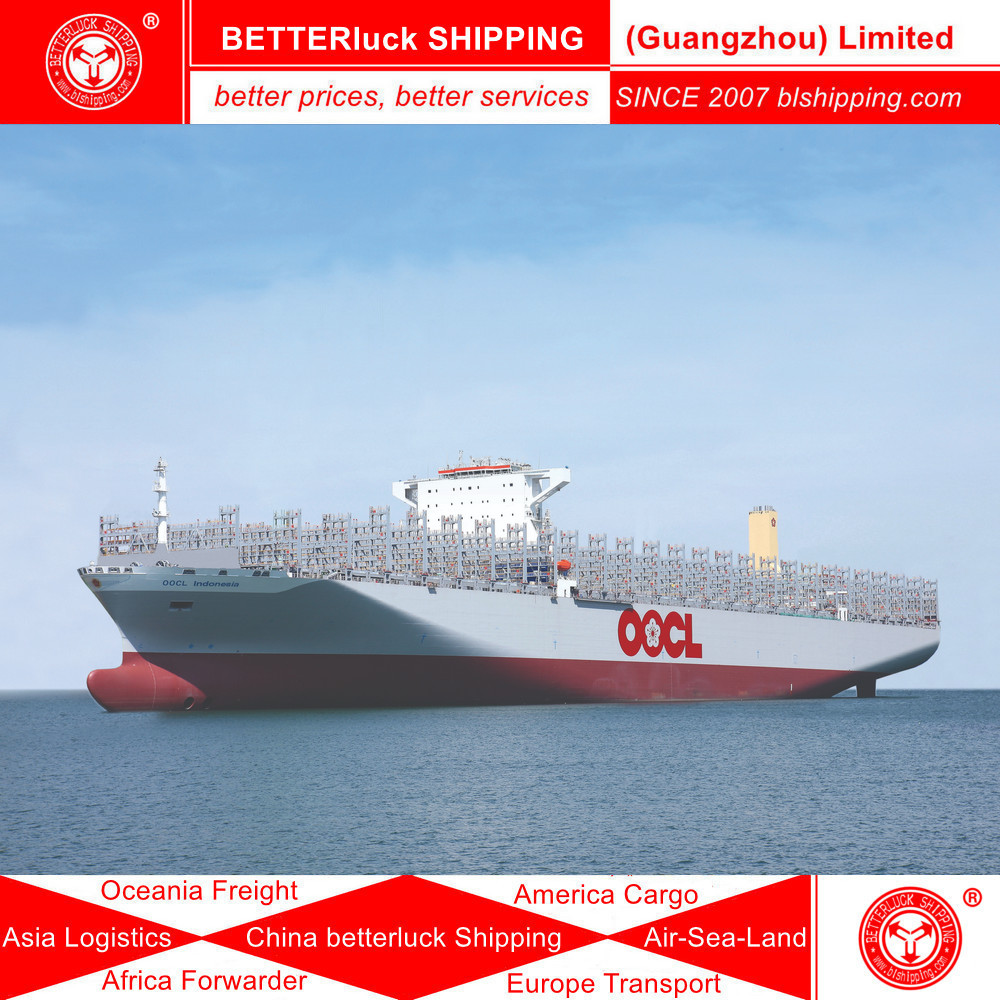
Shipping Activated Carbon from China to Global Destinations
2. Warehouse Consolidation Service
3. Sea & Air Freight Activated Carbon
4. Payment Collection Disbursement
5. China Customs declaration service
6. Warehouse pallet package service
7. Guangzhou Hotel Pickup Service
8. Support for Buyers in Guangzhou
Shipping Activated Carbon from China to Global Destinations: A Complete Guide
1. Global Classification & Packaging Standards
Powdered vs. Granular: Powdered forms require airtight, anti-dust packaging (e.g., multi-layered polypropylene bags) to comply with strict air quality standards in the EU and North America. Granular carbon, more stable, can use bulk bags but must still be moisture-sealed to avoid clumping.
Special Variants: Impregnated activated carbon (e.g., with iodine or silver) may face restrictions in countries like Australia and Japan due to chemical content—always check local hazardous materials (HazMat) regulations.
2. Global Shipping Routes & Options
Air Freight: Fast Delivery to Time-Sensitive Markets
Key Routes:
To Europe: Guangzhou/Shanghai → Frankfurt/Paris → onward to London, Berlin, or Madrid (3–7 days door-to-door).
To North America: Shenzhen → Los Angeles/Chicago (5–9 days, including customs).
To Southeast Asia: Guangzhou → Singapore/Kuala Lumpur (2–5 days).
Cost Range: (8–)20 per kg, depending on distance and carrier (e.g., higher for remote locations like New Zealand).
Ideal For: Small batches (50–500 kg), urgent orders, or high-value specialty carbon (e.g., pharmaceutical-grade).
Sea Freight: Cost-Effective for Bulk Global Shipments
LCL (Less than Container Load): Suitable for 1–15 CBM (e.g., 100–1,500 kg) to regions like the Middle East (Dubai, Doha) or Africa (Lagos, Durban).
Cost: (100–)300 per CBM (varies by route: lower to nearby Asia, higher to South America).
Transit Time: 15–25 days to Southeast Asia; 30–45 days to Europe; 40–60 days to Brazil or South Africa.
FCL (Full Container Load): For 15+ CBM (10+ tons) to major hubs:
20’ Container: (2,500–)6,000 (e.g., (2,500 to Bangkok; )6,000 to Rio de Janeiro).
40’ Container: (4,000–)9,000 (up to 50 tons of granular carbon).
Route Optimization: Use Suez Canal for Europe/Middle East; Panama Canal for East Coast Americas; Cape of Good Hope (alternate) for Africa/South America during canal congestion.
3. Regional Compliance & Documentation
Europe
Customs Requirements: CE marking for industrial use, REACH compliance (no restricted substances), and a certificate of analysis (CoA) for purity.
Special Notes: Germany and France require additional labeling in German/French; the UK (post-Brexit) needs separate UKCA marking.
North America
U.S.: FDA registration if used in food/beverage filtration; EPA approval for water treatment applications.
Canada: Compliance with Transport Canada’s TDG (Dangerous Goods) regulations and bilingual (English/French) labeling.
Asia
Japan/South Korea: Strict moisture limits (≤5%) for carbon; require JIS/KSA standards certification.
India: BIS certification for carbon used in drinking water; GST documentation for tax clearance.
Africa/Middle East
South Africa: SABS certification for industrial-grade carbon; phytosanitary checks to prevent agricultural contamination.
Saudi Arabia: SASO certification; all documents must be translated into Arabic.
4. Global Logistics Services for Activated Carbon
1. Factory Pickup & Quality Checks
Collect from major Chinese production hubs: Hebei (granular carbon), Jiangsu (powdered), and Guangdong (specialty variants).
Pre-shipment inspections to verify packaging (e.g., no tears in bulk bags) and moisture levels (<8% for global shipping).
2. Warehouse Consolidation
Combine orders from multiple suppliers in Chinese warehouses (Guangzhou, Shanghai) to reduce LCL costs—critical for small buyers in regions like Eastern Europe or Central America.
3. Insurance & Risk Management
Global cargo insurance (1–3% of shipment value) covering:
Moisture damage (common in tropical regions like Indonesia).
Loss/delay (e.g., port congestion in Felixstowe, UK).
Dust contamination (a key risk for powdered carbon in transit).
4. Last-Mile Delivery
Partner with local logistics firms:
In Europe: DHL Freight for door-to-door service to Poland, Spain, etc.
In the U.S.: UPS Freight for inland transport from ports like Los Angeles.
In Africa: Aramex for deliveries to Nigeria, Kenya, and beyond.
5. Why BETTERluck for Global Activated Carbon Shipping
Regional Expertise: Familiarity with niche regulations (e.g., Australia’s import restrictions on impregnated carbon).
Route Optimization: Choose the fastest/cheapest routes (e.g., sea to Rotterdam + rail to Prague vs. direct air).
End-to-End Tracking: Use our global tracking system with keywords like “activated carbon China to Germany tracking” for real-time updates.

Contact Us
Email: CargoShipping@qq.com
sales8@BLShipping.com
WeChat / WhatsApp / Tel: 008618898403007
office: Room 607-608, 6/Floor Talent Building,
No. 1 Yichuang Street, Huangpu District,
Guangzhou City, Guangdong 510555 China

WeChat QR
WhatsApp QR

BETTERluck Shipping (Guangzhou) Limited
Tax Registration No.: 9144010105658851XX
NVOCC No.: GD202011063586 member of
Made-in-China Alibaba 1688 CIFA WCA IATA
China Import and Export Fair (Canton Fair)
Website: https://www.BLShipping.com/
Copyright 2007-2025 all rights reserved

About Us





